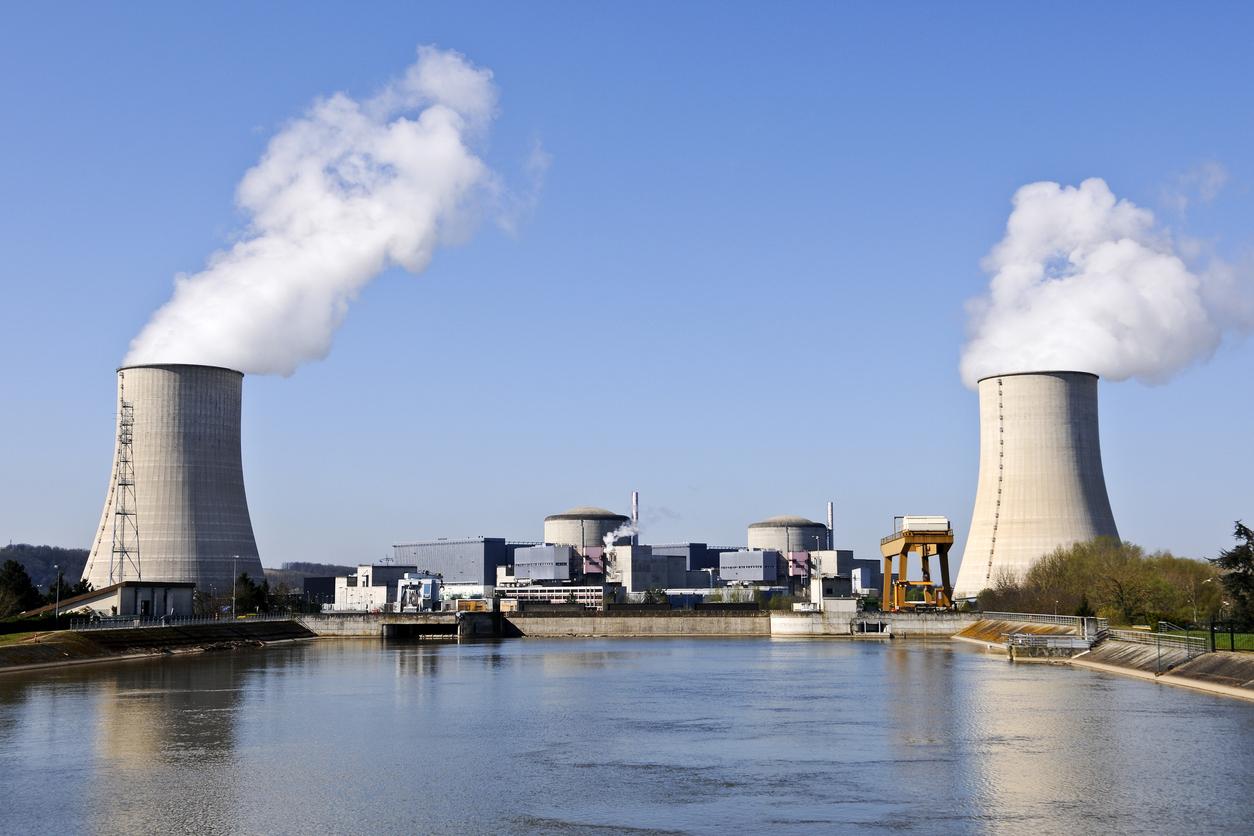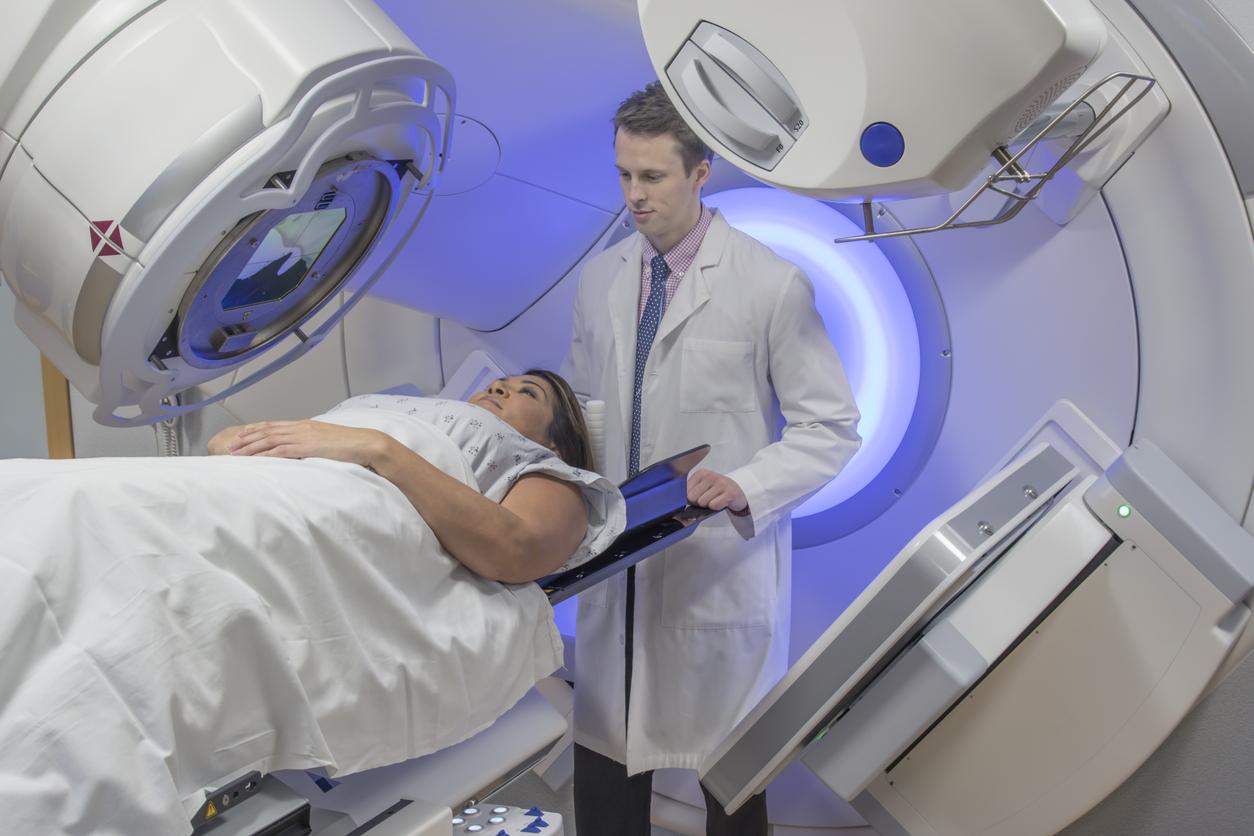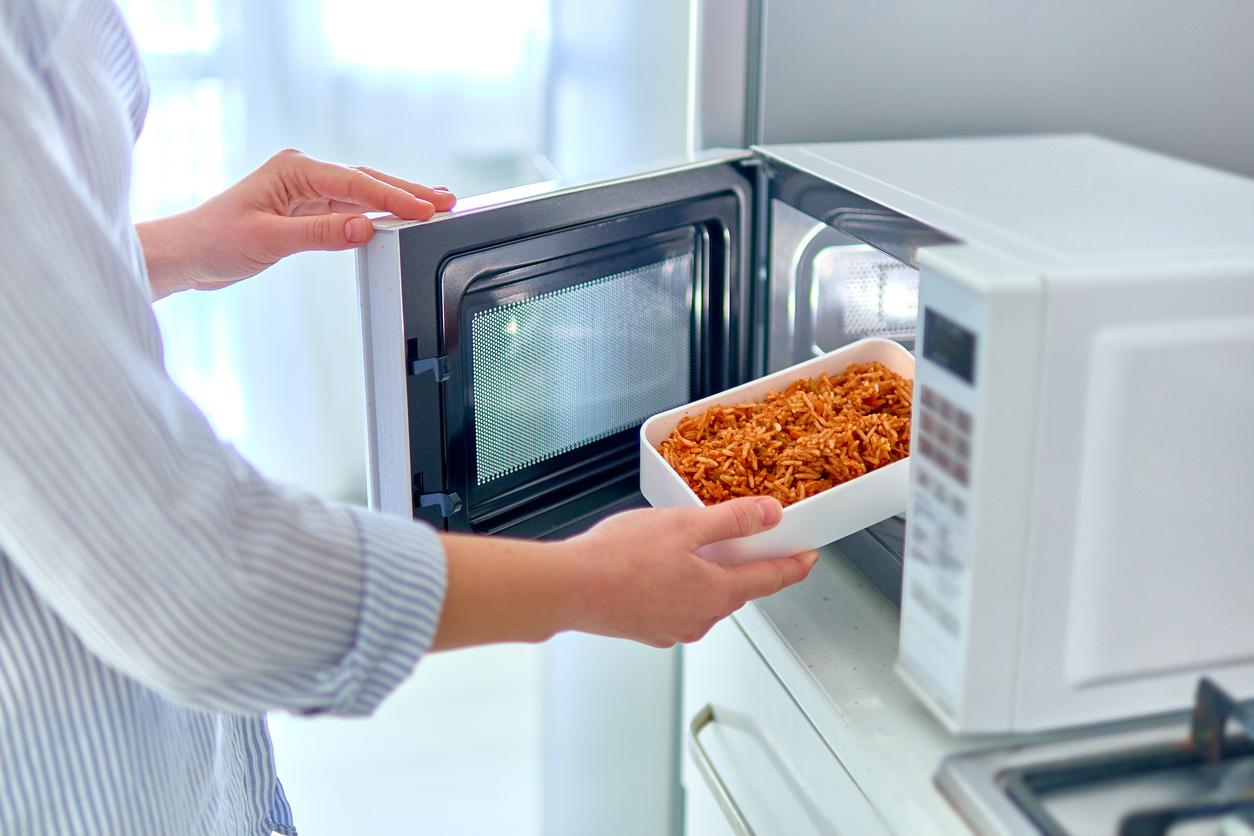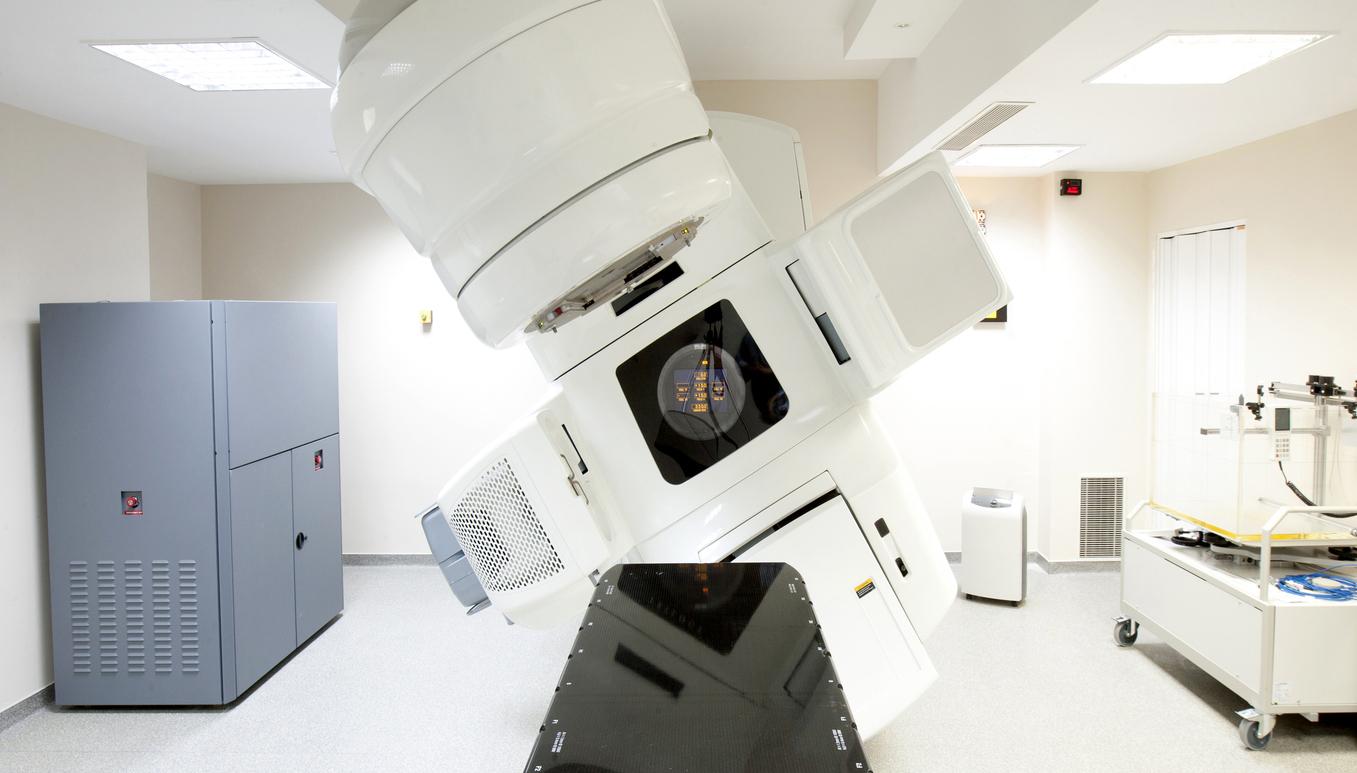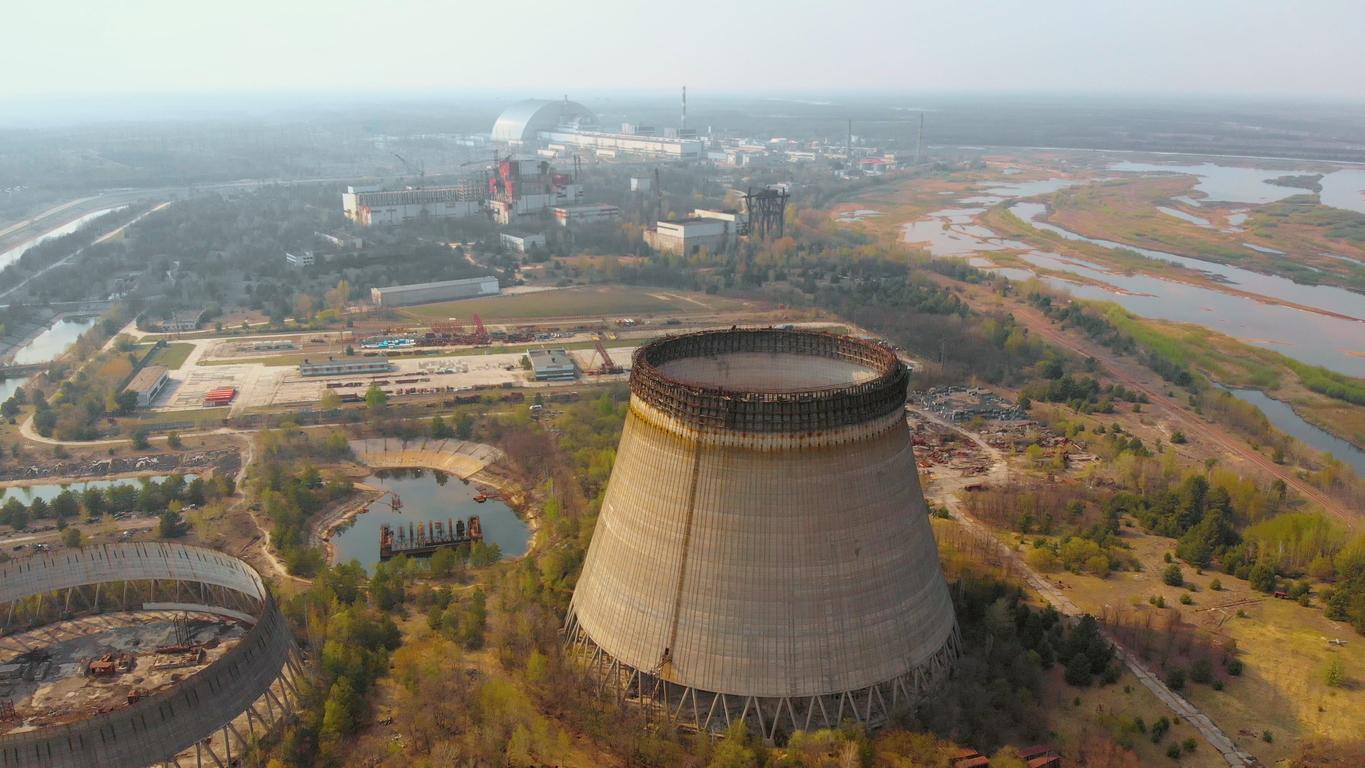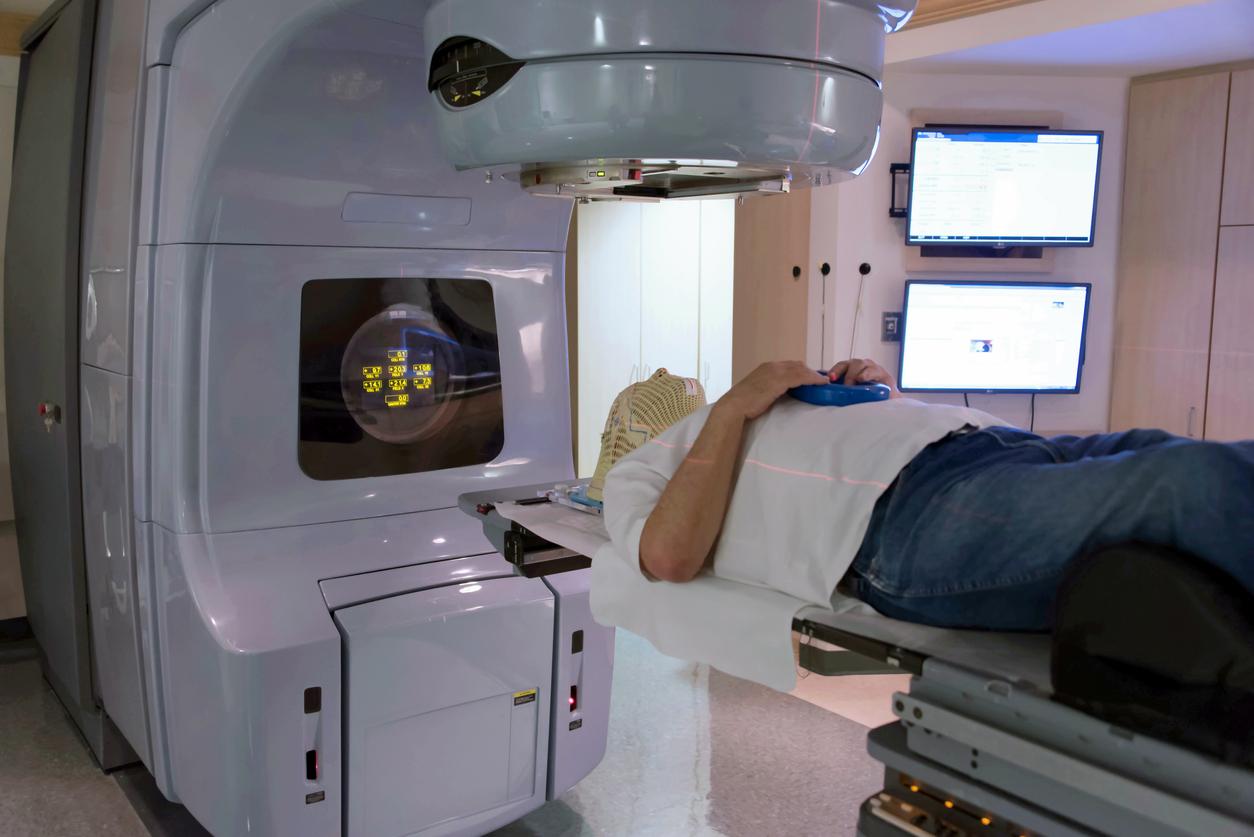In the field of medical imaging, patients are too often exposed to ionizing radiation, according to an official report. MRI should take precedence, and more medical physicists need to be trained.
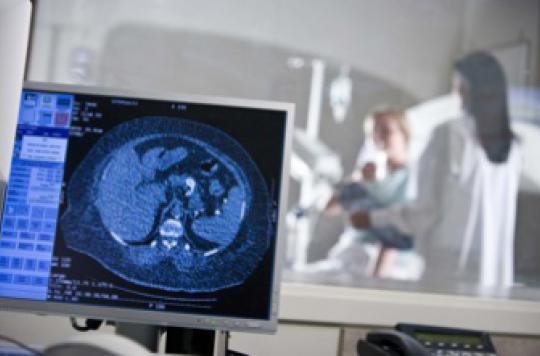
Scanners, X-rays … Still too many rays in medical imaging. On June 4, the nuclear safety authority (ASN) submitted its Report on the state of nuclear safety and radiation protection in France in 2013. It highlights several weaknesses in the medical field, including the excessive use of ionizing radiation for diagnosis.
Less and better display
“For more than a century, medicine has used ionizing radiation, both for diagnosis and for therapy,” acknowledges ASN in its report. “Although their interest and usefulness have long been established medically, these techniques nonetheless contribute significantly to the exposure of the population to ionizing radiation. »Indeed, medical exposure to these radiations represents the 2e source of exposure for the French, and the 1e of artificial origin. Controlling it is logically a “priority objective” in the eyes of ASN.
The protection of medical personnel and patients is regulated by law. But the latter are at greater risk for one simple reason: radiation doses vary depending on the type of treatment or diagnosis. This parameter must be taken into account, insists the ASN, which suggests two areas of development. On the one hand, personnel should only use ionizing radiation when absolutely necessary, on the other hand, the doses received should be reduced as much as possible. It is in this area that the most serious shortcomings are noted. Everyone keeps in mind the affairs of the irradiated people from Epinal and Toulouse.
Not enough medical physicists
“Progress in this area depends in particular on better knowledge of the doses delivered, carrying out quality checks on imaging equipment, and strengthening the number of medical physicists”, advises ASN. We can see it very well through the example of radiotherapy, which has been particularly monitored since the accidental overexposures in Épinal and Toulouse. Machines are particularly difficult to master and require the presence of medical physicists.
But on this point, “the situation is still not satisfactory compared to that of other European countries. “And if an accident is still possible, the absence of medical physicists greatly increases the risk, deplores the ASN. To reduce the dangers, the authority offers two simple solutions: strengthen the use of good practices – which optimizes the use of ionizing radiation – and institute systematic recourse to MRI (magnetic resonance imaging) as a first-line choice rather than at the scanner.
.







